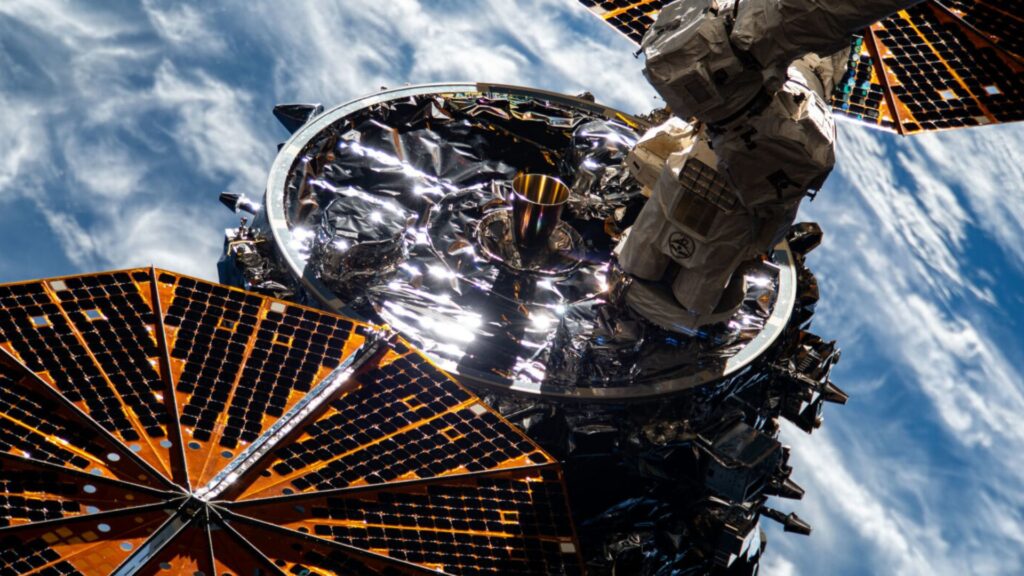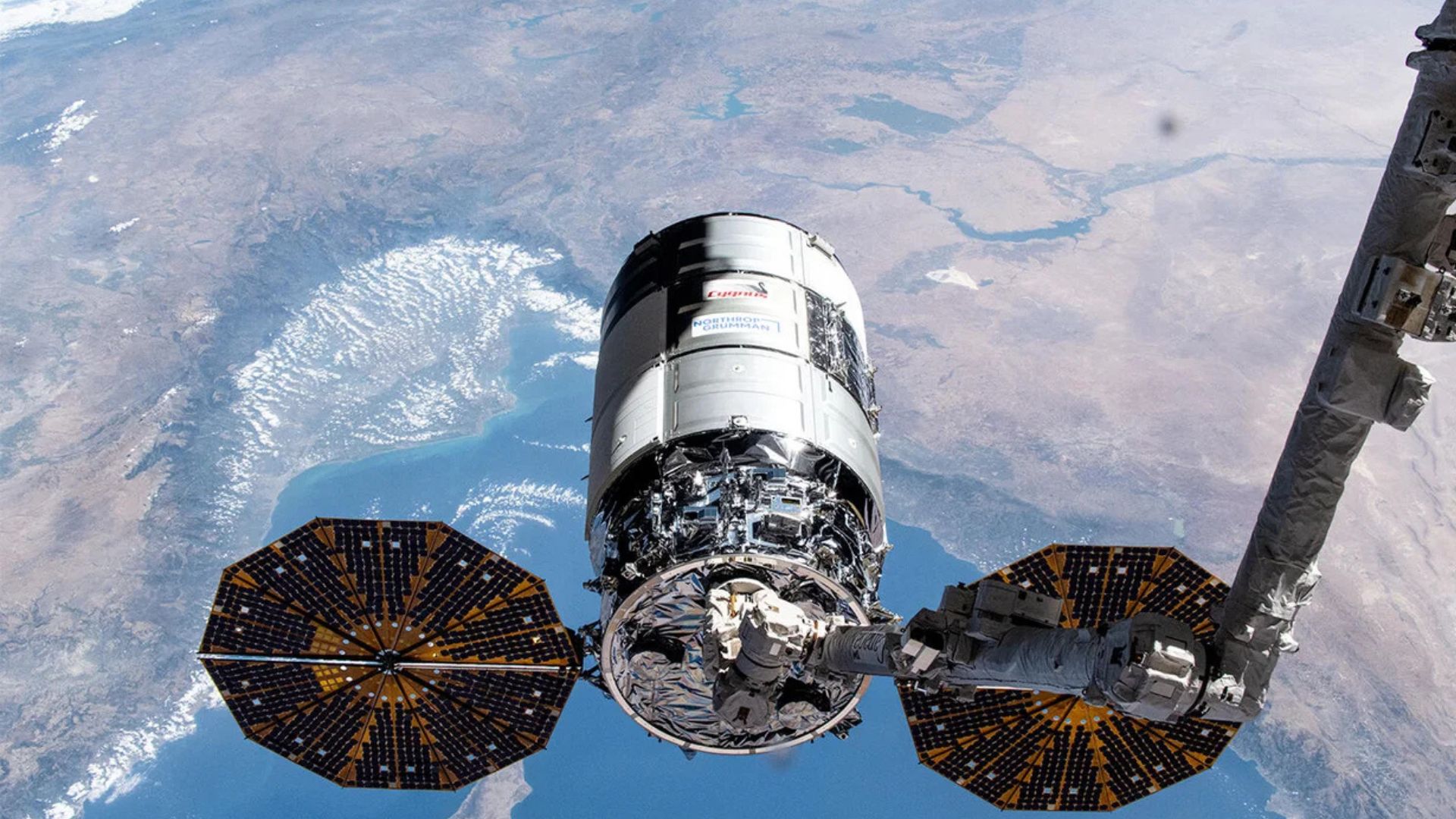
Northrop Grumman’s Cygnus XL cargo spacecraft, carrying over 11,000 pounds of critical supplies to the International Space Station, encountered premature main engine shutdowns during two orbital-raising burns on Tuesday. The malfunctions have forced NASA and mission controllers to delay the spacecraft’s scheduled Wednesday morning arrival and develop alternative trajectory plans (CBS News).
First Failure of Upgraded Cargo Vessel
The Cygnus XL, the largest variant in Northrop Grumman’s resupply fleet, boasts a 33% increase in cargo capacity and measures five feet longer than its predecessors. Its propulsion architecture centers on a single BT-4 main engine fueled by hydrazine and nitrogen tetroxide—propellants known for high reliability—supplemented by 32 smaller thrusters for attitude control. During two separate burns intended to raise its orbit for ISS rendezvous, the main engine shut down earlier than planned, prompting mission teams to halt further burns until the anomaly is resolved (AOL).
Impact on ISS Operations and Research
The delay disrupts carefully scheduled station operations, including NASA astronaut Jonny Kim’s capture of the spacecraft with the Canadarm2 robotic arm, originally set for 6:35 a.m. EDT Wednesday. On board are vital experiments and hardware for semiconductor crystal growth, cryogenic fuel tank testing, and pharmaceutical crystal production aimed at advancing cancer therapies. If the main engine cannot be returned to service, planners may attempt to use the smaller thrusters to incrementally adjust the spacecraft’s orbit—though it remains uncertain whether this approach can achieve the precision required for safe berthing (Digital Trends).
Program Challenges and Next Steps
This mission—named S.S. William “Willie” C. McCool after the Columbia shuttle pilot—marks Northrop Grumman’s debut of the XL model. The company has faced recent setbacks, including the NG-22 mission cancellation earlier this year due to transport damage, and has leased three additional SpaceX Falcon 9 launches while developing its own future launch vehicle. NASA and Northrop Grumman engineers are evaluating alternative burn strategies and conducting detailed propulsion system diagnostics. No new docking timeline has been announced; once berthed, the Cygnus XL is scheduled to remain at the ISS until March 2026.












